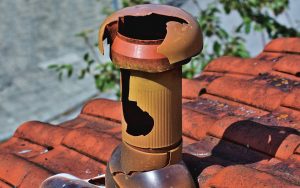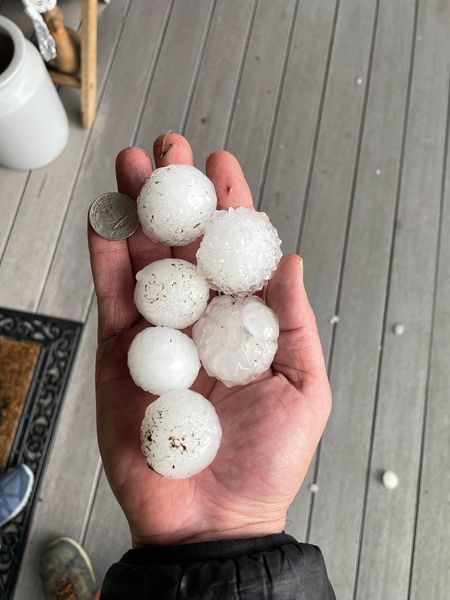How Hail Size Affects Your Roof: When to Worry (and When to Relax)
Should you panic every time you hear hail hitting your roof? The short answer: not always. If you live in Colorado, you’re probably no stranger to hail. In fact, Colorado—along with Wyoming and Nebraska—is part of what’s known as “Hail Alley.”
Residents in this region can expect seven to nine hailstorms per year, mostly from April through August. The most intense storms usually strike in June and July.
Is All Hail Dangerous to Your Roof?
If you’re a homeowner, it’s hard not to worry every time you see dark clouds and hear hail clinking on your shingles. But the most important factor to consider is the size of the hailstones.
Let’s break it down by hail size, using everyday items to help you visualize the damage risk.
Pea-Sized Hail (¼”)
This is the most common hail in Colorado. Pea-sized hail usually doesn’t cause serious damage to roofs. You may see small dings or dents—especially on older or softer roofing materials—but nothing that typically requires replacement.

Marble or Mothball-Sized Hail (½”)
½-inch hail is nearly as common as pea-sized hail. If your roof is in good condition, you’re probably fine. But if you’ve been putting off repairs, this size hail could exploit existing weaknesses and cause damage. It’s worth scheduling an inspection just to be safe.

Coin-Sized Hail (¾” to 1¼”)
This includes anything from pennies to half dollars in size. These hailstones begin to fall at speeds up to 50 mph, which can cause visible damage to shingles. Even if the cracks or dents seem small, they may weaken the roof’s integrity over time.

Ping Pong to Softball-Sized Hail (1¼” to 4”)
This is the kind of hail you should always be concerned about. These massive hailstones can reach speeds of nearly 100 mph—crazy, right? They can puncture shingles, destroy gutters, break windows, and cause structural damage. If you experience hail this large, schedule a roof inspection immediately.


When Should You Call a Roofing Pro?
Here’s a simple breakdown:
- Up to ½” – Usually cosmetic. No action needed unless your roof is already in poor condition.
- ¾” to 1¼” – Concerning. Can cause hidden damage. Get a professional inspection.
- 1¼” and up – Dangerous. Almost guaranteed damage. Call a roofer ASAP.
Not sure if your roof damage is cosmetic or functional? Don’t play the guessing game. Schedule a free roof inspection with Legacy Roofers and let our team give you peace of mind.
Trusted Roofing Help in Northern Colorado
We’ve helped homeowners across Loveland, Fort Collins, Longmont, Windsor, and beyond after hailstorms just like yours. Our honest, experienced team will tell you the truth—whether your roof needs help or is holding strong.
👉 Schedule your free roof inspection today.
The Insurance Institute for Business & Home Safety provides great insight on how hail affects roofing materials.


